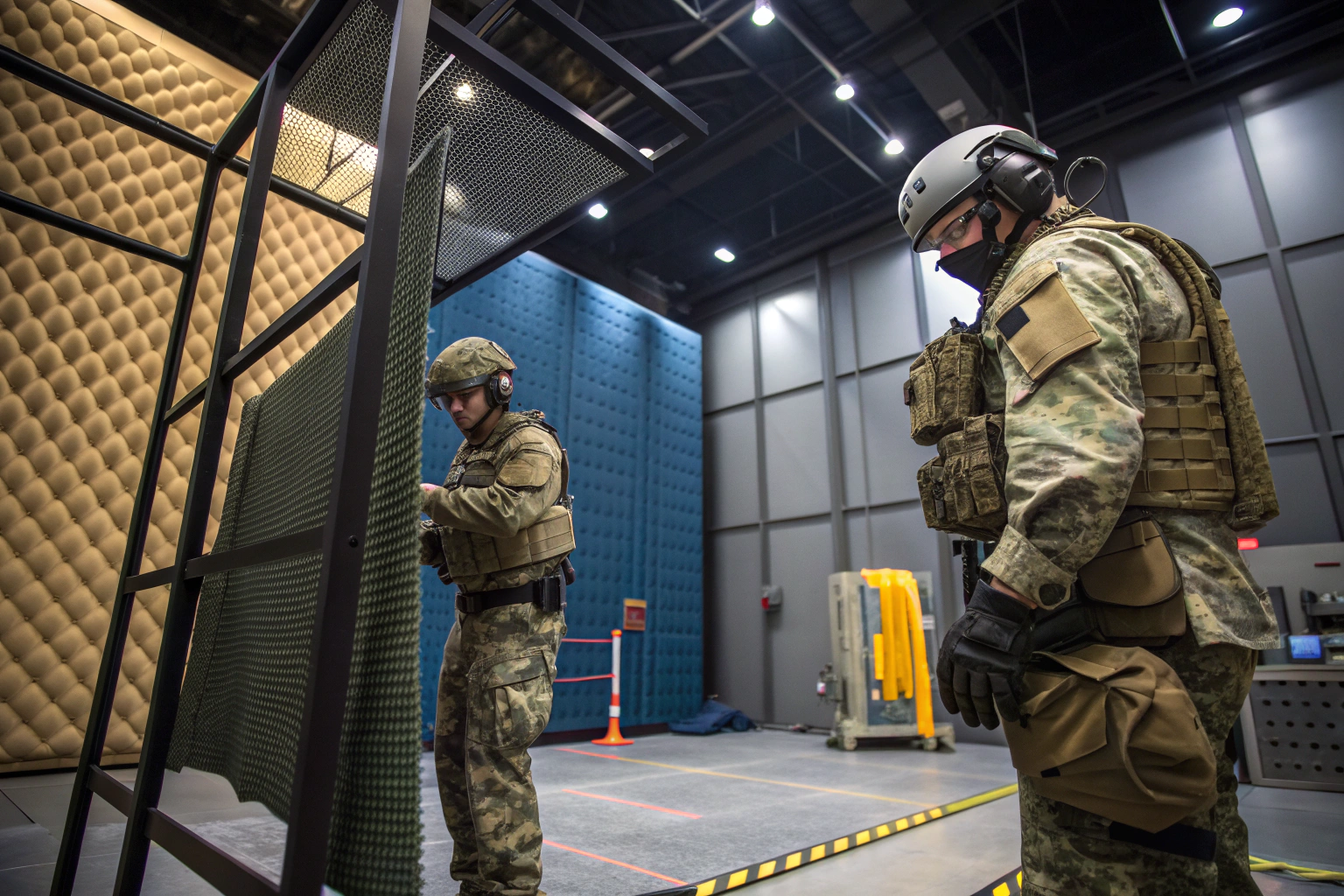When it comes to sourcing protective fabrics for defense and law enforcement applications, confusion often arises with military specification codes. Many buyers mistakenly link MIL-PRF-31032B with grenade fragmentation fabrics, while in reality, it is a specification for printed circuit boards. This misunderstanding leaves procurement managers and military contractors wondering where to find the right protective textiles for real ballistic and fragmentation resistance.
The truth is that grenade fragmentation protection is provided by highly engineered fabrics such as Kevlar® KM2, ballistic nylon, and advanced aramid blends. These fabrics are tested against shrapnel, abrasion, and tear resistance, meeting military standards far beyond common industrial fabrics. Understanding the right terminology and where to source them is critical for safety, compliance, and project success.
As a fabric manufacturer and exporter in China, I will break down where to find fragmentation protective fabrics that truly meet the needs of defense projects, what types of textiles are used, and which suppliers can be trusted worldwide.
What Are Grenade Fragmentation Protective Fabrics?
Many people hear about "fragmentation protection" and immediately think of bulletproof vests or armored helmets. The pain point is that ordinary fabrics cannot provide the required resistance to grenade fragments or shrapnel.
Grenade fragmentation protective fabrics are made from high-performance fibers like aramids, polyethylene, and ballistic nylon, which are woven and layered to disperse energy. This ensures that the wearer is shielded from life-threatening injuries caused by blasts or fragments.
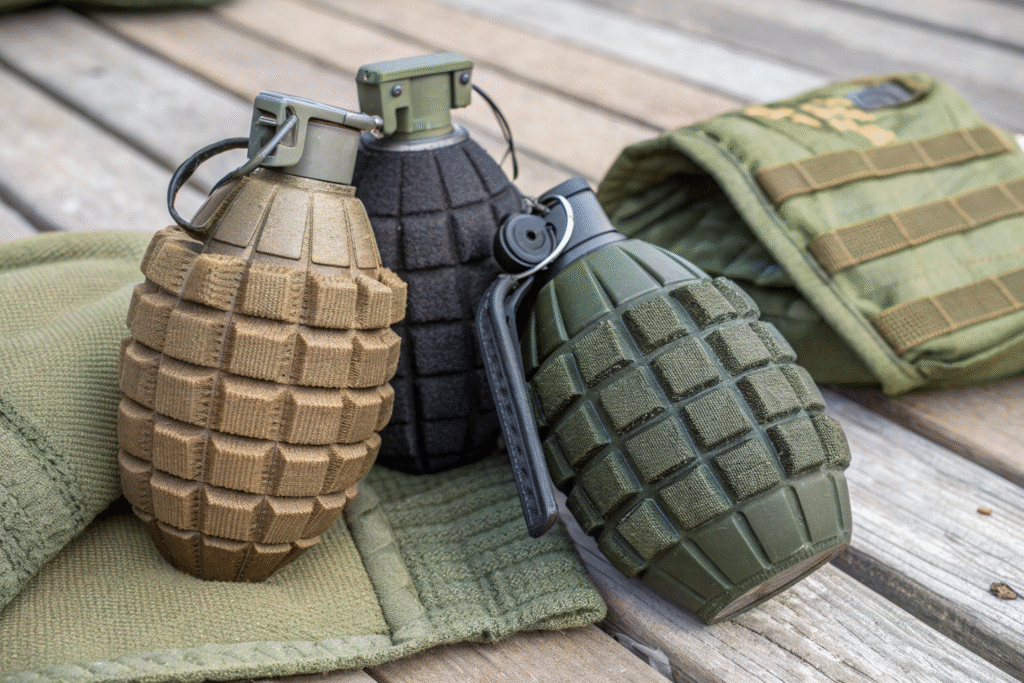
Why Is Kevlar Used for Fragmentation Protection?
Kevlar® is one of the most widely known materials in this field. It has an extremely high tensile strength-to-weight ratio, making it stronger than steel on a weight basis. Military-grade variants such as Kevlar® KM2 are specifically designed for helmets and vests. These fabrics provide protection against shrapnel, bullets, and even small-caliber ammunition, which is why they remain the industry standard.
Beyond military, Kevlar is also used in industrial safety equipment, reinforcing its reliability across multiple industries.
Is Ballistic Nylon Still Relevant?
Ballistic nylon was originally developed during World War II for flak jackets against fragmentation. Although not as advanced as aramids, it remains relevant for cost-effective protection. Modern suppliers like MMI Textiles still produce Mil-Spec certified ballistic nylon in multiple weights, often used in gear carriers, tactical backpacks, and reinforcement panels.
It may not stop a bullet, but it effectively resists shrapnel, abrasion, and tearing, making it useful for protective applications at lower budgets.
Where Can Buyers Source These Fabrics?
For procurement professionals, sourcing the correct supplier is often a bigger challenge than understanding the fabric itself. Quality, certifications, and compliance play major roles in decision-making.
The best sources for grenade fragmentation protective fabrics are specialized manufacturers and distributors of Mil-Spec textiles. These companies produce Berry-compliant and internationally certified fabrics, ensuring consistent quality for defense contractors.
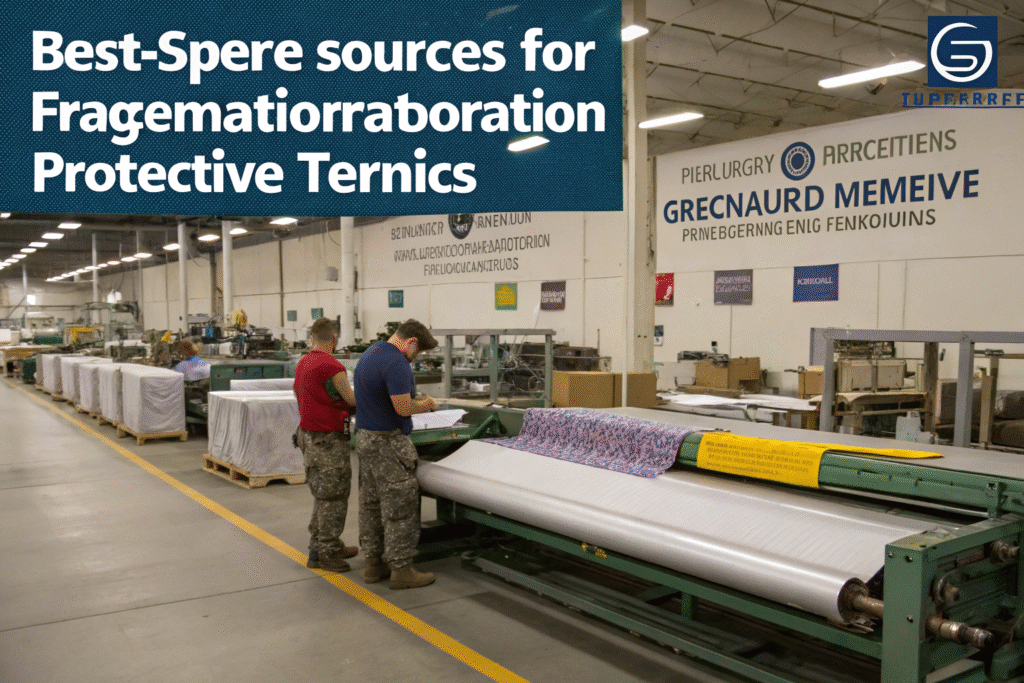
Which Companies Lead in Ballistic Fabrics?
Global leaders in this niche include Heathcoat Fabrics, which supplies advanced woven materials for defense, and Brookwood Companies, which provides fabrics across more than 60 Mil-Specs for U.S. armed forces. Both companies invest heavily in research and testing facilities to maintain high safety standards.
Another strong player is Safety Components, a U.S. manufacturer with a wide portfolio of military-grade aramid and Nomex® fabrics.
Can Buyers Find Suppliers in the U.S. Market?
Yes, the U.S. market has multiple accessible options. Platforms like ThomasNet list numerous manufacturers producing fragmentation-resistant fabrics. This makes it easy for procurement managers to connect with domestic sources, often preferred for faster lead times and compliance with military regulations.
For those outside the U.S., distributors such as Baltex in the UK or textile hubs in Asia provide global coverage.
What Specifications Should Buyers Look For?
Buyers must know the correct specifications before sourcing. The wrong spec (such as MIL-PRF-31032B) can waste time and money.
For fragmentation protection, the focus should be on materials tested to NIJ standards, Mil-Spec requirements, or NATO certifications. These standards ensure that fabrics perform reliably under real-life battlefield conditions.
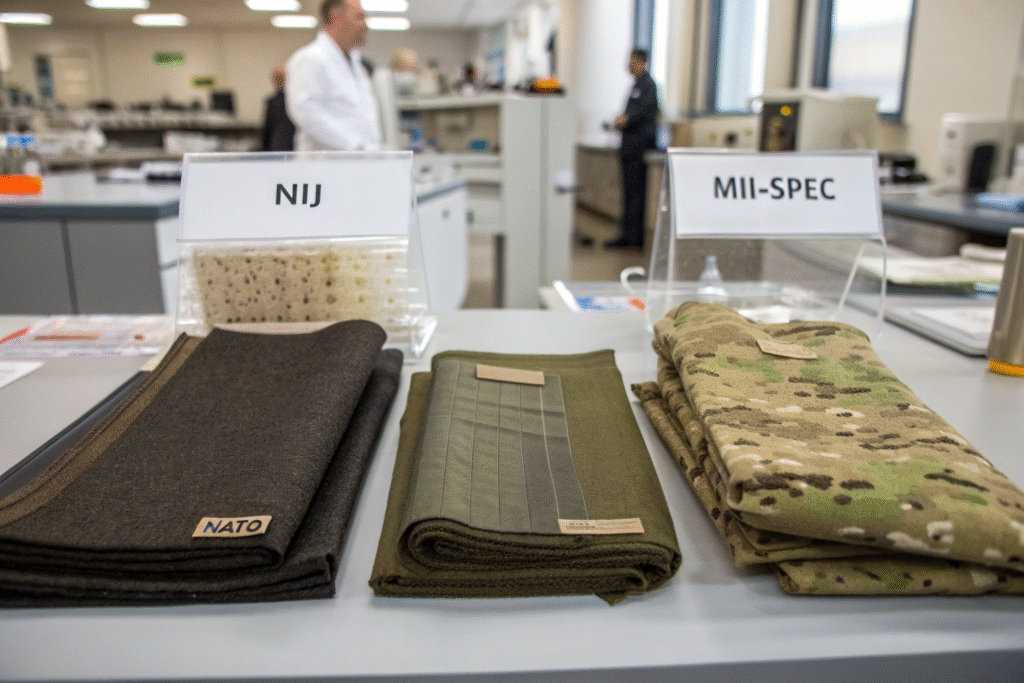
Why Are NIJ Standards Important?
The National Institute of Justice (NIJ) sets the testing protocols for ballistic and fragmentation protective gear. Fabrics that meet NIJ requirements provide assurance to procurement teams that their products meet internationally recognized performance benchmarks.
Do NATO and EU Standards Apply?
Yes, NATO and EU defense standards often overlap with NIJ requirements. Suppliers like HLC Industries ensure their fabrics meet these certifications, making them reliable for both American and European defense buyers.
This cross-certification helps global contractors source materials without worrying about conflicting regulations.
How to Choose the Right Supplier for Your Project?
Choosing a supplier goes beyond price. Reliability, compliance, and innovation matter most in defense and security applications.
The right supplier provides not only fabrics but also documentation, testing reports, and customization services. Buyers should also consider logistics, since shipping restrictions and tariffs can affect lead times and overall cost.
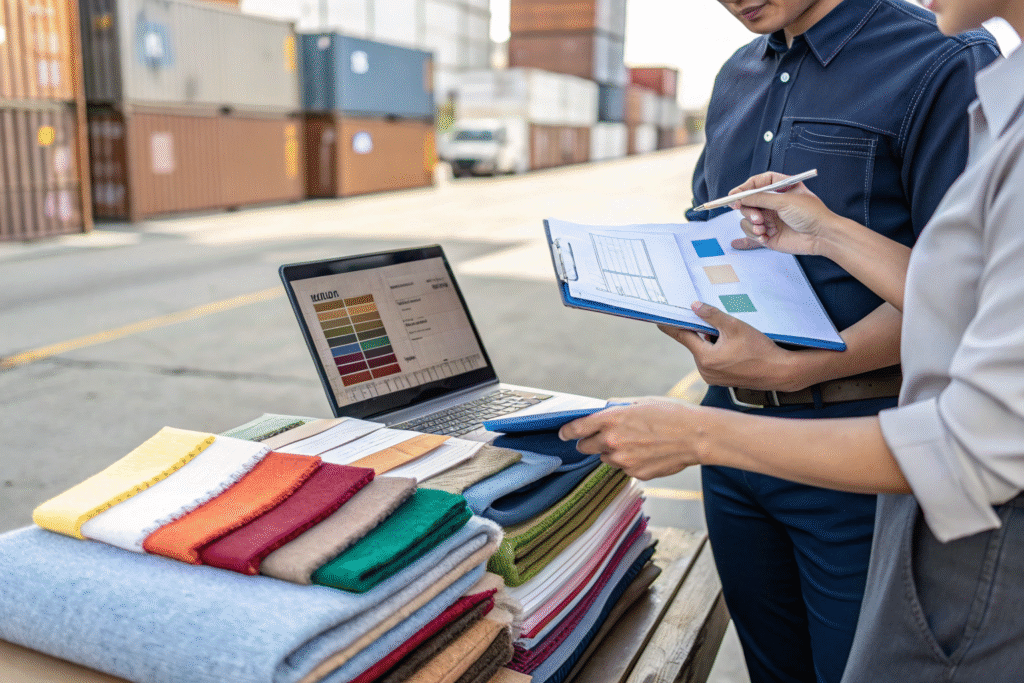
Should You Source Locally or Internationally?
Local sourcing ensures faster shipping and easier compliance with military standards. However, international hubs like China’s textile clusters (including our own production facilities) provide greater flexibility, scalability, and cost efficiency. Companies like ours specialize in weaving, dyeing, coating, and inspection, ensuring full control over the production cycle.
How Can Buyers Ensure Compliance?
Buyers should always request certifications such as SGS, ITS, or CNAS lab reports. Platforms like SGS provide global testing services for textile safety and compliance, which suppliers should be able to provide upon request.
A supplier that cannot provide certification should not be trusted in high-stakes military projects.
Conclusion
Finding grenade fragmentation protective fabrics requires clarity on specifications and an understanding of the correct materials. While MIL-PRF-31032B is unrelated to textiles, fabrics like Kevlar® KM2, ballistic nylon, and aramid composites remain the backbone of protective gear for military and law enforcement. Reliable suppliers exist worldwide, from U.S. companies like Brookwood, Safety Components, and MMI Textiles to global firms in the UK and Asia.
If you are a defense contractor, procurement manager, or buyer searching for high-quality fragmentation protective fabrics, you should work with suppliers who can guarantee certifications, testing, and global shipping support.
At Shanghai Fumao, we specialize in supplying certified, high-performance fabrics tailored for military and protective use. If you want to discuss your own project requirements, please contact our Business Director Elaine at elaine@fumaoclothing.com. We will provide you with professional support from development to delivery.

